Symposium
sidenav header backgroundSymposium on Climate Change, Green Growth and CCUS 2018 (Part II)
(Continued)
Carbon Capture, Use and Storage (CCUS)
In the afternoon, the symposium moved forward to its CCUS session, starting with Dr Winkelman's presentation, who is BHP’s Practice Lead Climate Change. Dr, Graham talked about plicy response to climate change, policy fundamentals, and tailored policy support and he conclued that CCUS advocates have a renewed sense of momentum in the US and a new integrated CCUS project could be viable at coal-fired power plants.
Michael Monea, President of International CCS Knowledge, shared the application of CCS technology in Canada with large scale deployment -- Boundary Dam as a case, which allowed for long-term production of over 110 MW of clean, and base-load electricity in a fully integrated and full chain process. He also mentioned that a next plant with CCS technology can be up to 30% cheaper, as per the feasibility study of Saskpower Shand Power Station.
Alex Zapantis GM – Asia Pacific, Global CCS Institute, explained Industrial CCS. He said that industrial processes cannot be switched out of global economy, demand for industrial products grows under all climate mitigation scenarios, and CCS will be essential for Chinese industry. An ideal way he proposed is by setting up CCS hubs and clusters to catch and store carbon produced. He also different methods to invest and operate these processing center: through public and national funding or through private investment.
The presentation on the long-term viability of carbon sequestration in deep-sea sediments was from Prof. Zhang Dongxiao, dean of College of Engineering at Peking University. Prof. Zhang introduced mainstream development models and methods on carbon sequestration in deep-sea sediments. He also commented and illustrated the cutting-edge researches and technologies on carbon sequestration as well as the cases successfully adopted the carbon sequestration.
Apart from theoretical and experimental progress of CCUS in steel/iron sector, the symposium also invited experts introducing the application of CCS and CCU technology in building materials. Mr. Zhi Xiao, Director of Science and Technology Management, China National Building Material Group, explained how CCS technology was practiced in the cement industry to improve the energy efficiency and reduce the greenhouse gas emission. Progresses have also been made in the post-combustion carbon technology and CCU technology, in which China was determined to put more efforts in the coming years.
Mr. Andrew Purvis, Director Safety, Health and Environment of World Steel Association, showed recent progress made to capture and store carbon in the steelmaking process using the new chemical technology and the improvement of producing crafts. He prospected a steelmaking process without carbon dioxide emission, pointing out how the zero carbon emission of steel industry benefited both the environment and the producer, and the crucial technology obstacles remaining for scientific experts to solve.
Mr. Li Xinchuang, the President of China Metallurgical Industry Planning and Research Institute, discussed about the low carbon in iron/steel industry in China. He presented the reduction of recessive iron/steel producing and the progress China has made in the clean production of iron/steel. Small-scale and low-quality steel production continued to decrease in these years, making a great contribution to the reduction of carbon emission. Nowadays, steel corporations from all over China were trying their best to decrease their carbon emission. The achievement could be even more notable should the cost of CCUS be lowered and the research of new CCUS technologies be accelerated.
On the corporation level, CCUS technology was also of great potential. Chief Scientist of Baosteel Research Institute, Prof. Zhang Yongjie, shared the research and application progress on energy saving and sensible-heat recovering in Baosteel Group. CCUS technologies always stood at the core in the roadmap of Baosteel to reduce carbon emission and energy consumption. The collection of biomass and its transfer into sinkable and collectable carbon, which could be the most efficient way for the most steel companies in China to promote the reduction of carbon emission.
International experience on the mitigation of emissions was also referable for domestic steel corporations. This year’s symposium greeted Mr. Hiroyuku Tezuka, Chairman of Energy Technology Committee at Japan Iron and Steel Federation to share Japanese experience of carbon emission reduction. He said that Japan is the second largest steel-making country in the world. As a country with the most efficient steel production in the world, Japan is now making a profit in the export of its energy saving technologies and experiences to the rest of the world. Now, Japan is striving to contribute more energy saving technologies to the realization of the long-term future vision on climate change mitigation through innovation.
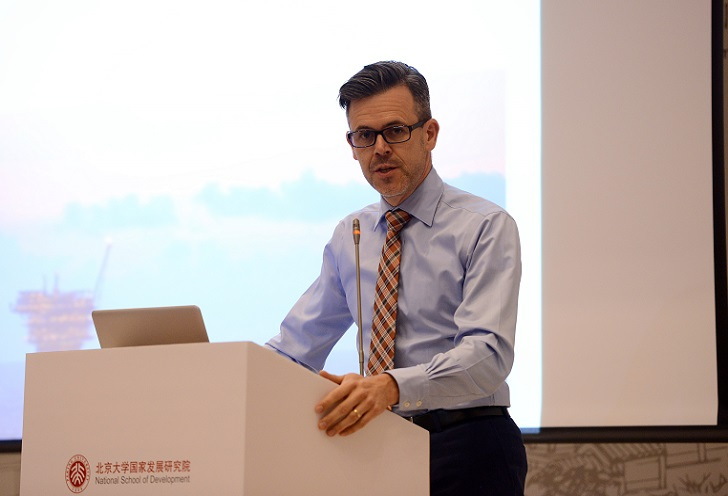
Dr Graham Winkelman, BHP’s Practice Lead Climate Change
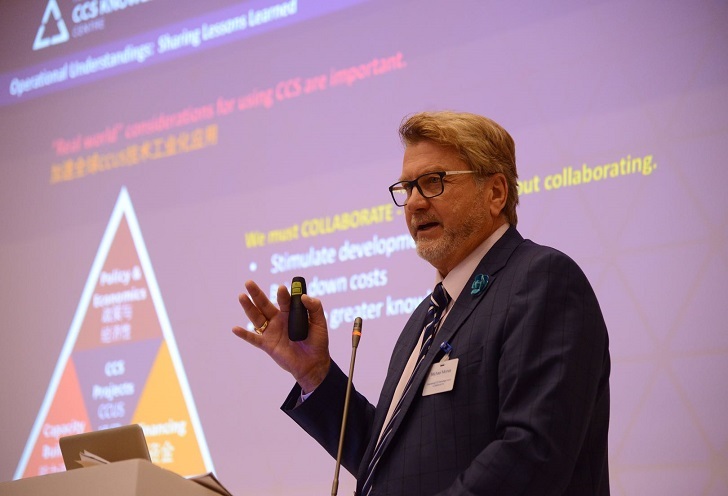
Michael Monea, President of International CCS Knowledge
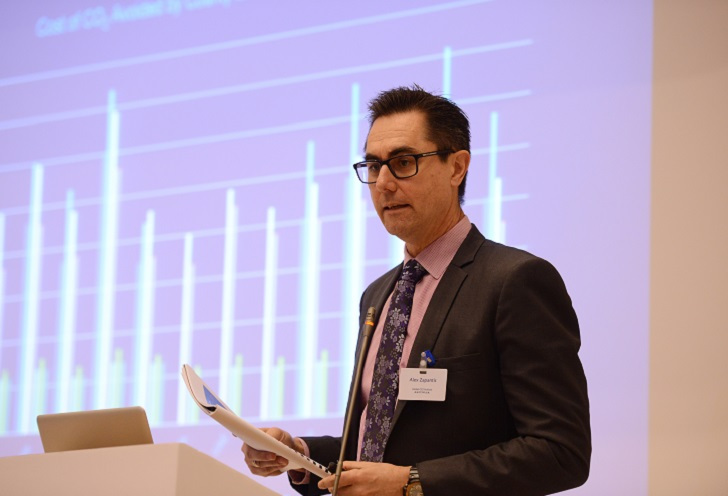
Alex Zapantis GM – Asia Pacific, Global CCS Institute
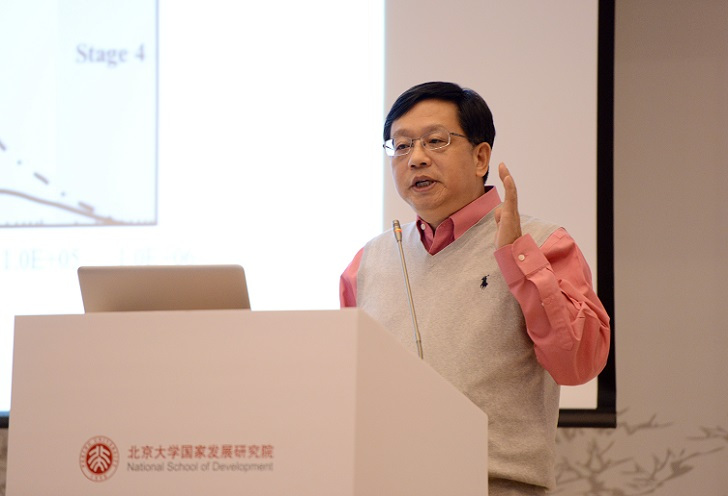
Prof. Zhang Dongxiao, dean of College of Engineering at Peking University
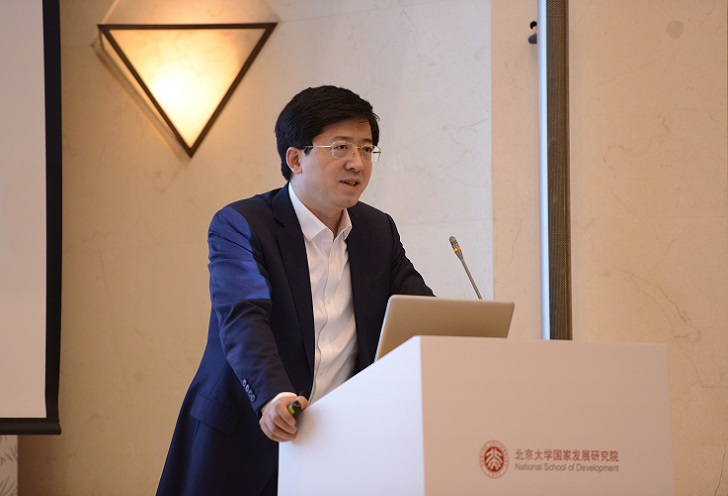
Mr. Zhi Xiao, Director of Science and Technology Management, China National Building Material Group
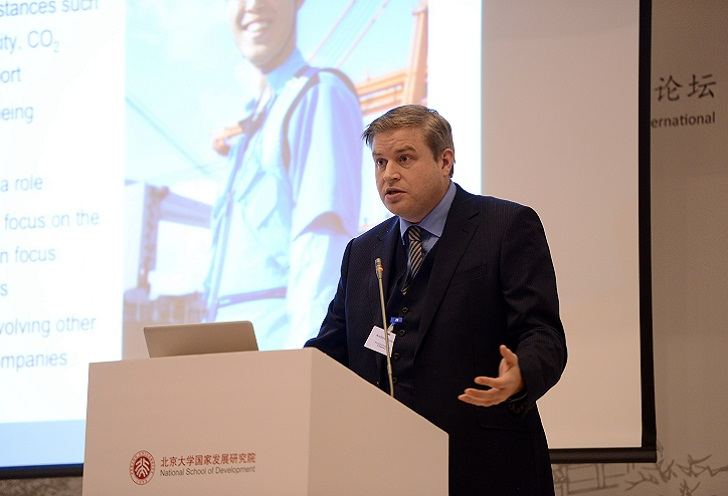
Mr. Andrew Purvis, Director Safety, Health and Environment of World Steel Association
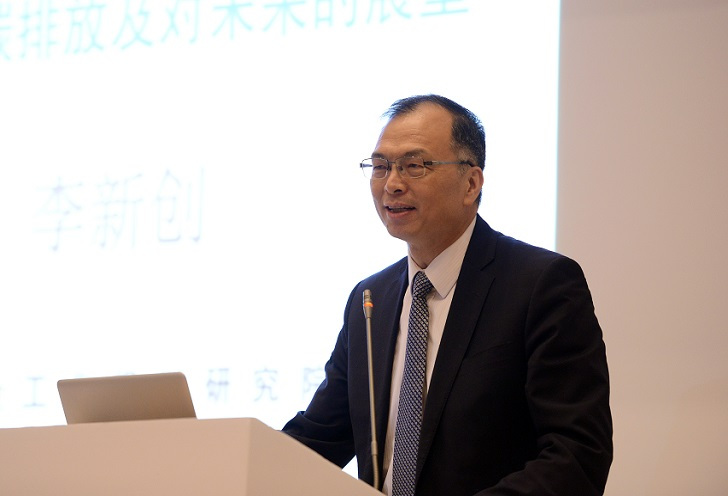
Mr. Li Xinchuang, the President of China Metallurgical Industry Planning and Research Institute
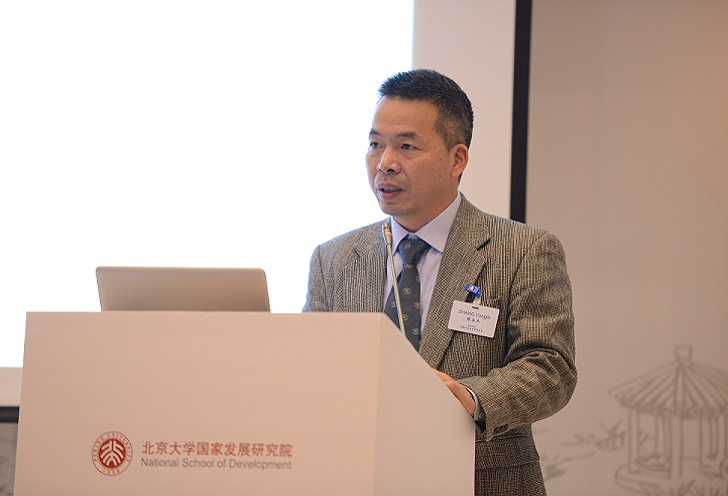
Prof. Zhang Yongjie, Chief Scientist of Baosteel Research Institute
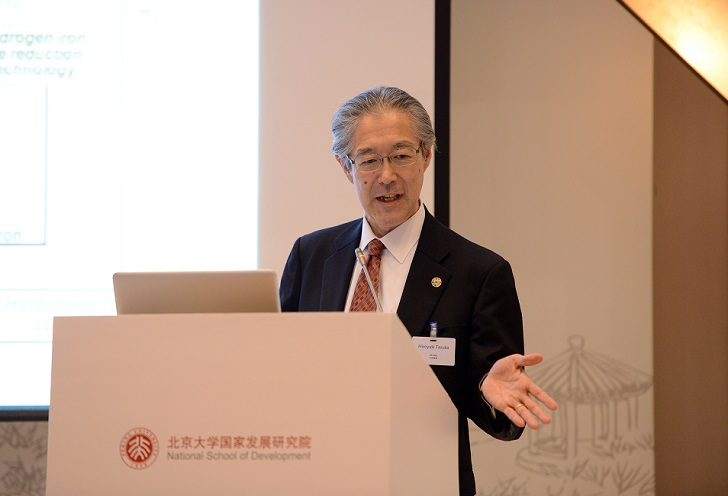
Mr. Hiroyuku Tezuka, Chairman of Energy Technology Committee at Japan Iron and Steel Federation
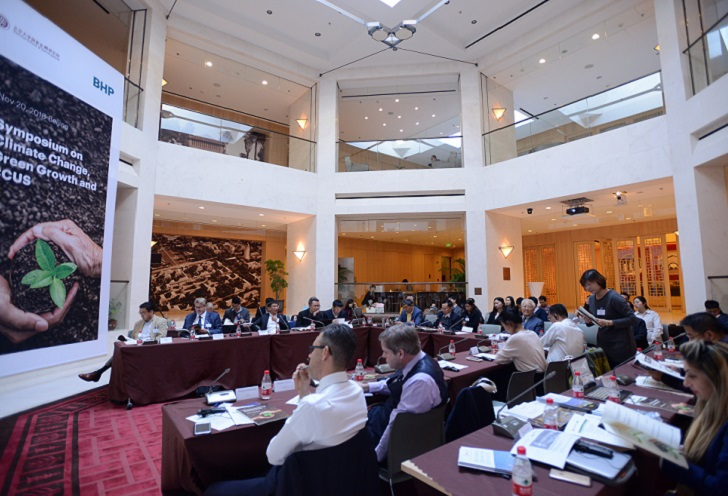
(to be continued)







